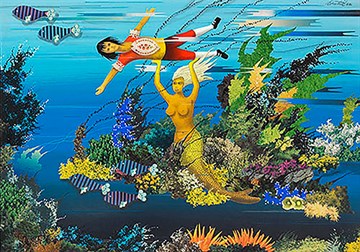

Such bliss.Most of us are familiar with Disney’s version of Little Mermaid but few of us actually know of the original tale written by Danish poet and author Hans Christian Andersen in 1837.ĭisney’s happy ending ensured kids would go to bed nightmare-free while Andersen’s version wasn’t exactly as mindful. Luckily, no invasions were happening, so the cannons were quiet, and I had a pleasant walk around the star, enjoying the blueness of the sky, views of Copenhagen, and The Mowgli’s singing to me through my earbuds.

Cannons were stationed at each point of the star for defense, and in the middle stood some old military barracks and a windmill. Although my social anxiety was telling me “Get the heck out of this crowded deathtrap,” my curiosity kept me grounded, and I decided to explore the nearby Kastellet, a 17th century star-shaped fortress. Her withdrawn demeanor reflects how I was feeling after spending even just a few minutes trying to fight other tourists for a decent camera angle. I found it ironic that the world’s happiest country’s most well-known statue looked so depressed. There she sat: tail-feet tucked behind her, expression vaguely sad, and head turned slightly downward toward the water.

I was worried I wouldn’t be able to find her, but when I saw the tourist buses and crowd of people with cameras, I knew I had come to the right place. Therefore, after my Danish lesson this Wednesday, I navigated through the city toward the sea to fulfill this cultural requirement. Seeing this four-foot-tall statue of a melancholic fish-girl was not exactly at the top of my to-do list, but I still felt it would be wrong of me to leave Denmark without doing so. Hans Christian Andersen, the sea, and quaintness are all strongly associated with Denmark, so there is no doubt why Den Lille Havfrue (The Little Mermaid) is one of the most iconic images connected to Copenhagen.


 0 kommentar(er)
0 kommentar(er)
